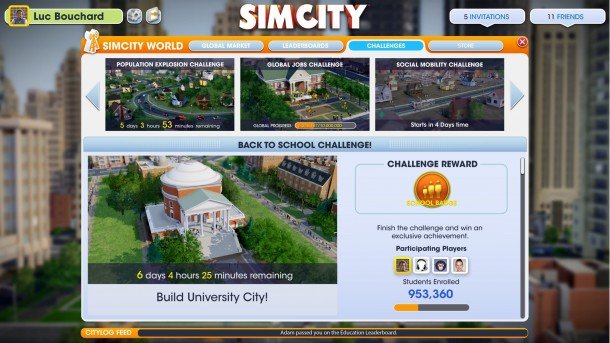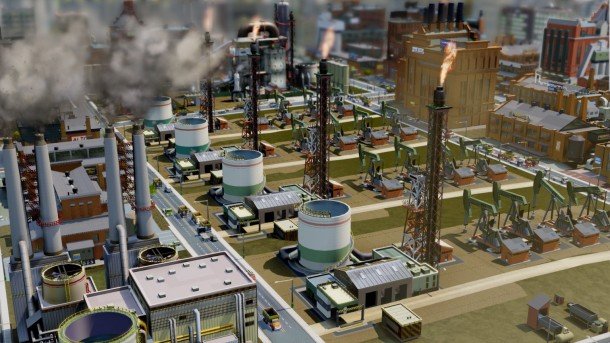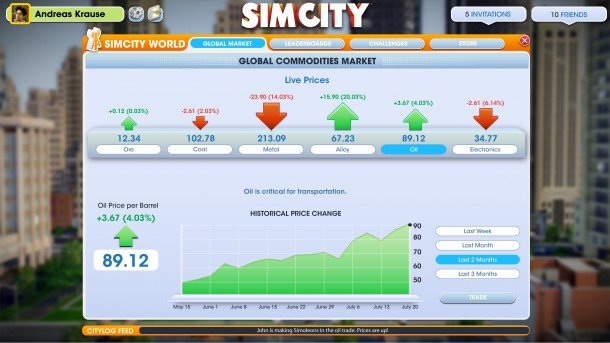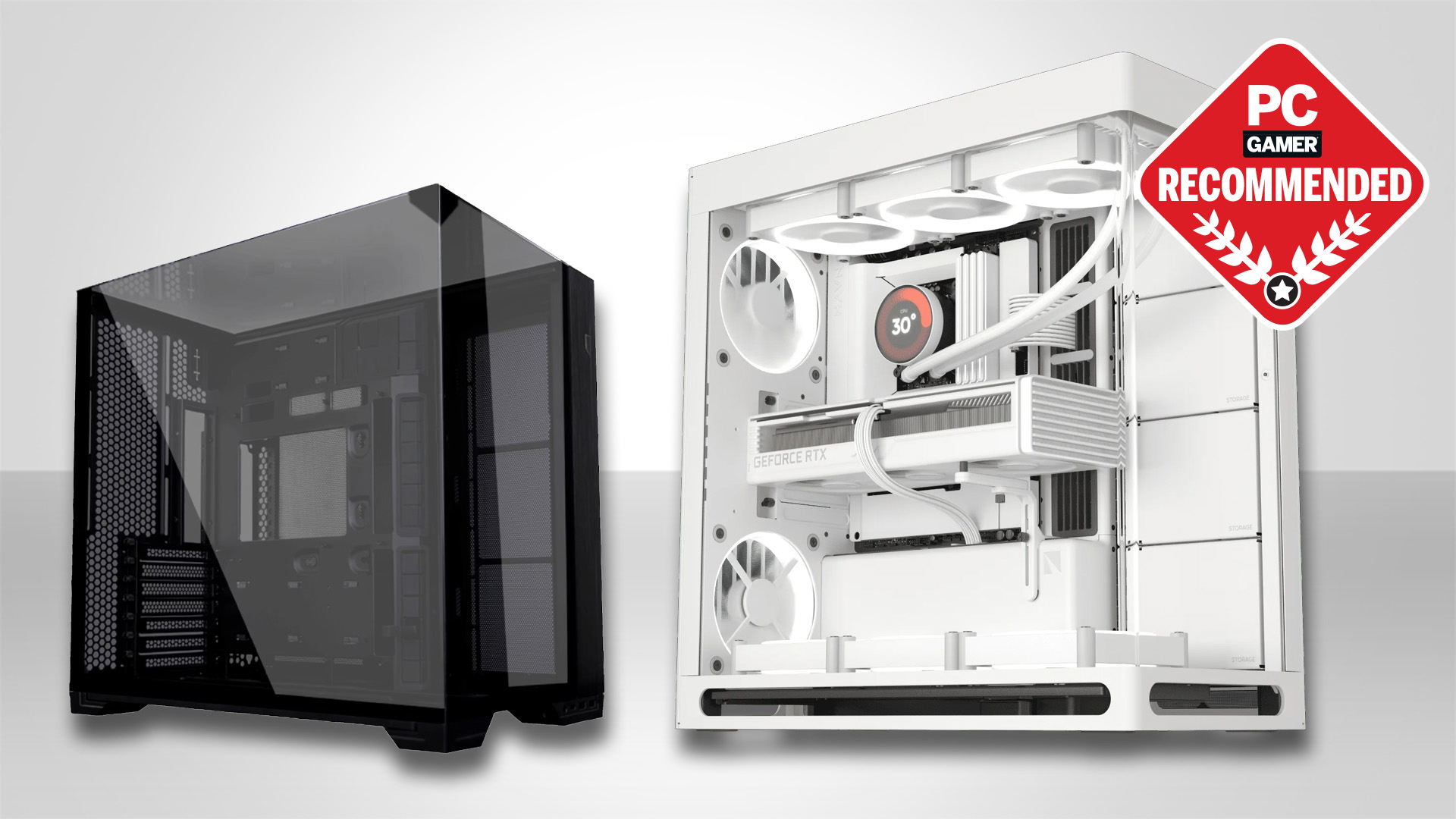SimCity hands-on: sick citizens, sewage pipes and meteor strikes

When my school's IT manager persuaded the headmaster that the original SimCity was an educational tool, it instantly transformed the computer room from a deserted hall to a place of rowdy productivity. Playing the new SimCity, all these years later, inevitably triggers something of a flashback – but, to my surprise, not immediately to the original game.
The first games I think of are The Sims and Spore. The former because of the colour palette and the way that SimCity's population behaves – you can track them as they move around, from where they live to where they work and relax, and so on. Everyone in the city, whether the mayor, quest-givers or just the incidental pop-ups, speaks Simlish.
The latter comes from the way that the buildings and interface pop into existence – particularly in the “design-your-own-facility” section of the Glass Box engine. When you go into the build mode, the surrounding landscape is stripped away to reveal the underlying structures of the game, dressed up in a clean, white style. Here you can customise the buildings – for example, a city dump might get an extra incinerator or a trash dump, while a power station might get some extra generators, and an ambulance station might get extra garages or treatment clinics.

The real beauty of the game, which Glass Box ties into, is in the data layers. What Maxis has created here is a ridiculously deep simulation with a family-friendly face polished to the nth degree. Everytime you select one of the building tools, an overlay pops up, telling you how you're doing in particular areas. This overlay is dynamic and always beautifully designed – the team told me that their inspiration was from Google's Infographics.
Here's a particularly cool example. I built a power plant on the East of my city, pumping out coal fumes. I'd turned the plant off to save money earlier, halving the bill of running it. All the factories nearby lost power and started panicking, closing down and so on.
Turning it back on was an experience. First, the workers leave their houses and drive to the plant. Once they'd arrived, and I selected it, I could see the blobs of power moving out along the power lines. In the air pollution overlay, a cloud started growing over the plant, being pushed eastwards by the wind. Soon, the factories lit up and their pollution started drifting that way too. This was merely the prevailing wind – the wind direction can change – but it was obvious to me that building residential or commerical zones to the East of this area was a very bad idea. Unless you were going for the "most sick population challenge."

Similarly, placing your sewage outlet next to your groundwater tower is a bad idea – and one that can be tracked through the overlays. With the sewage overlay, you can track the blobs of crap moving towards the outlet. Switching to the water overlay, you can see the clear blue water getting polluted then pumped out to the city's homes. This causes people to fall ill and then lose their jobs – I'm certain there are overlays to show both of those too. So incorrect placement of a water tower can destroy your city's economy.
Keep up to date with the most important stories and the best deals, as picked by the PC Gamer team.
I pushed the demo section as hard as I could, driving towards a population boom, building more roads and laying out commerical, industrial and residential plots along them rapidly. The city exploded and areas that were well-supplied with resources, in desirable areas (again, another overlay) got more attractive looking, changing from shotgun shacks to the timberframe houses of the US suburbs, to the apartment blocks of downtown.
I'm aware that this sounds overly positive; but there are elements that I'm not sure about yet. The Sim City World aspect of the game. The Citylog aspect of this, replicating Battlelog, tracks your friends progress. The citylog also tracks everyone's statistics, telling you how you're doing and who's the leader amongst (deep breath) pollution, simoleons, mayor rating, education, health, greeness, sickness, crime, oil, ore, coal, and tourism. As far as I can tell, you can form regions with friends and then undertake challenges, individually or as a region; these might be to reach a certain population. This seems to be replicating the sadly-broken Cities XL exactly; if they can get it to work, that's wonderful, but we feel obliged to have a note of caution.

Our demo ended after thirty minutes with a bang, not a whimper. On all the screens around the demo area, warnings flashed up. A meteor strike was incoming! As always, the civil authorities are hopeless in such a situation, so I just had to watch as my carefully built city was levelled by an absolute storm of meterorites - with the fire and police services rushing out into the doomed city, trying to hose down the burning buildings as the world ended around them.

